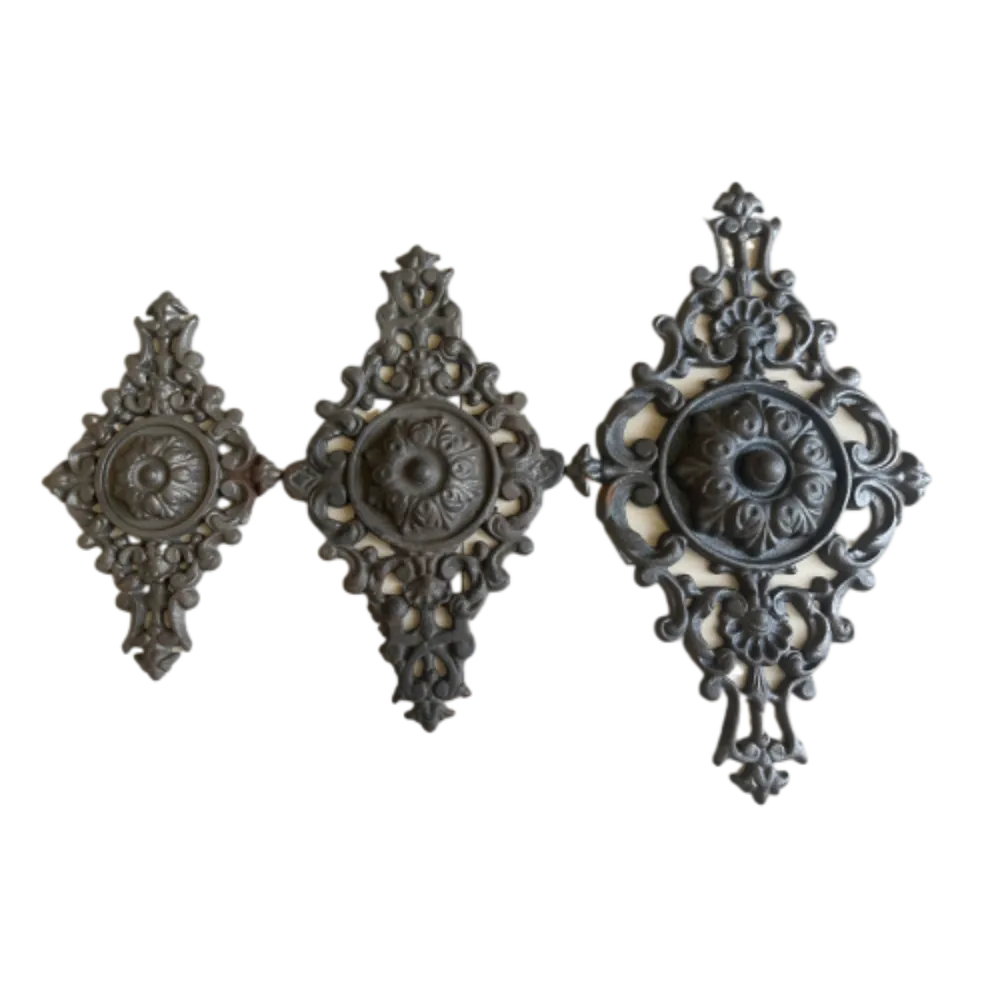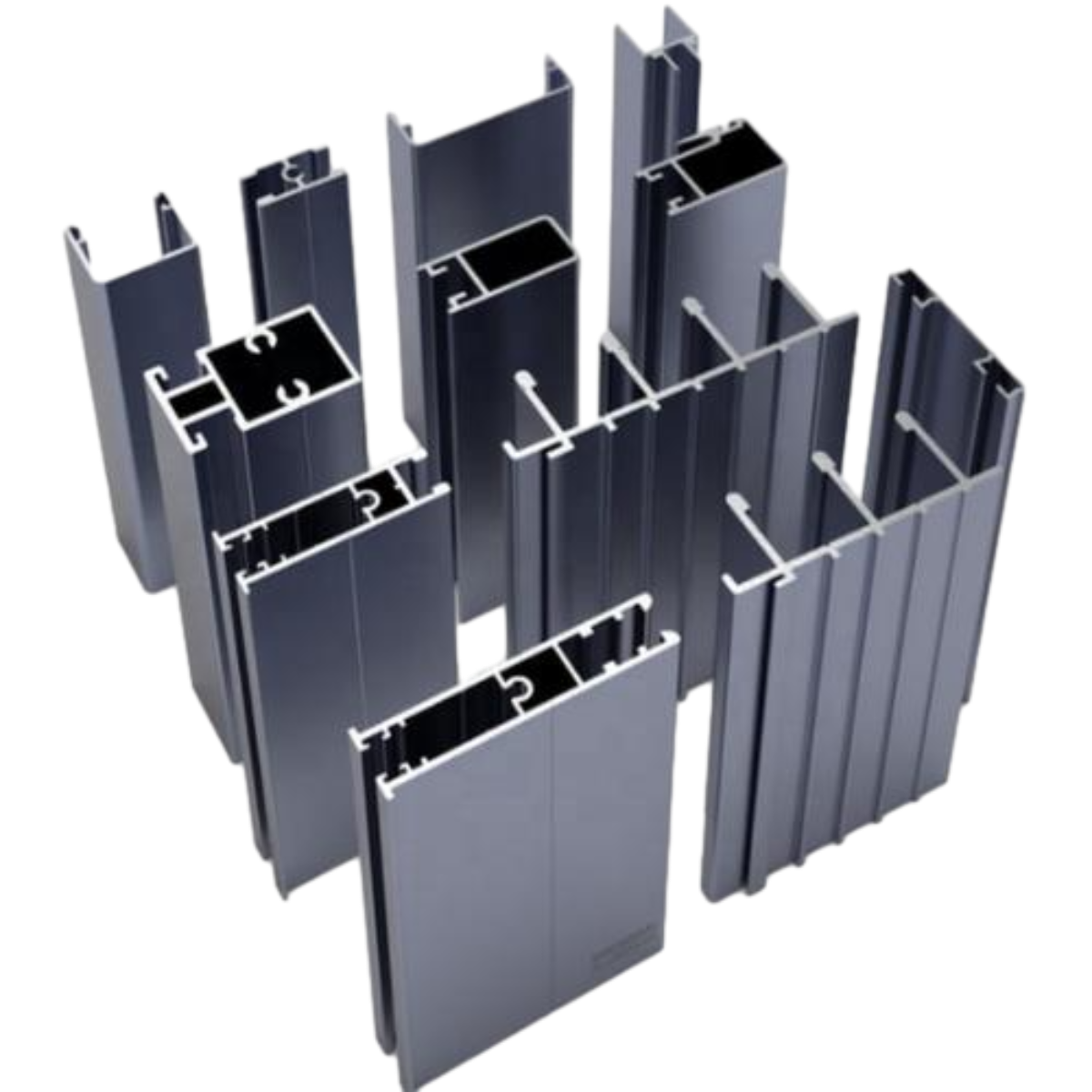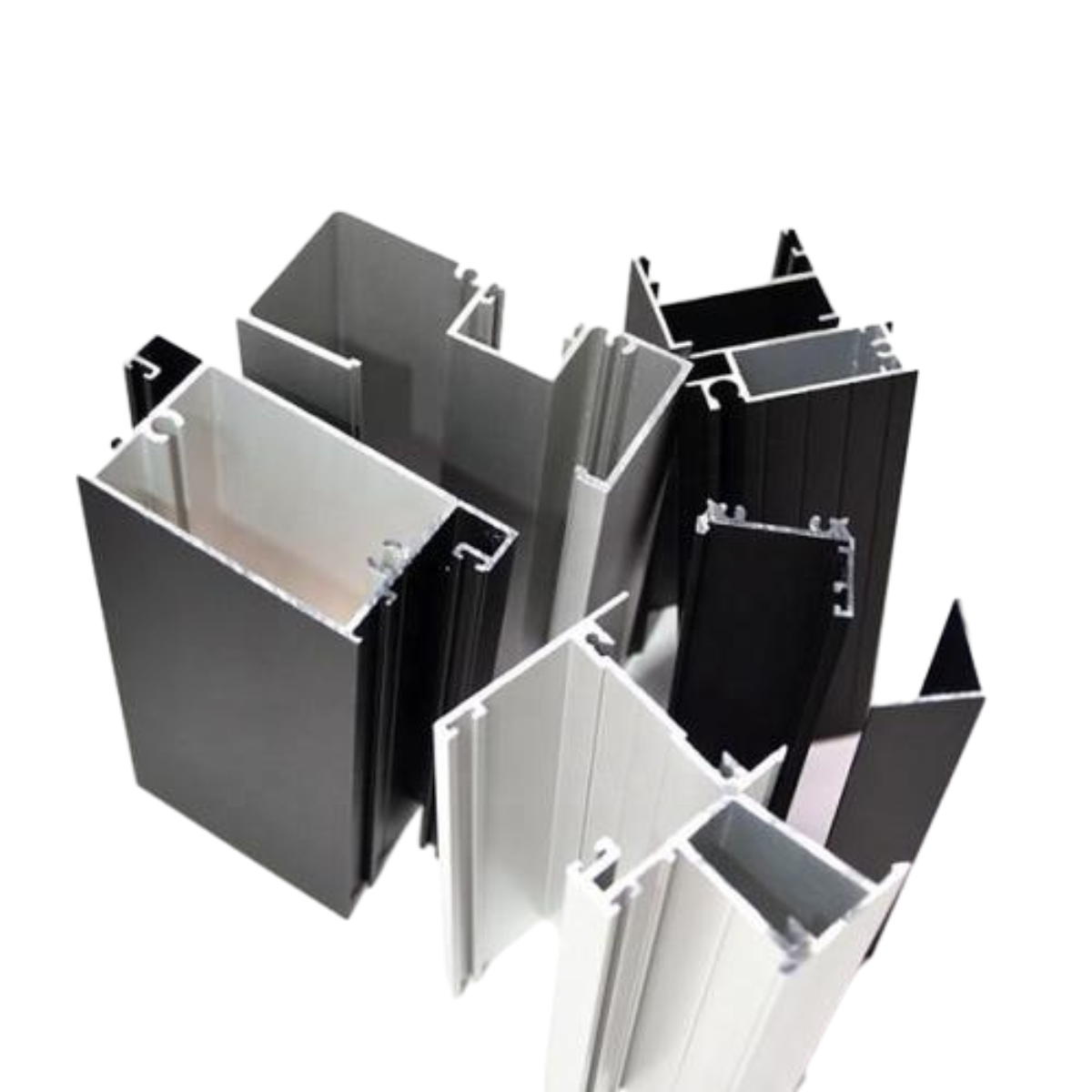metal wrought iron
The Significance of Wrought Iron A Deep Dive into Metal Properties and Applications
Wrought iron, a versatile and durable material, has long been celebrated for its unique properties, making it a cornerstone in metallurgy and construction. With a composition that generally contains a minimal amount of carbon (less than 0.08%), wrought iron stands apart from its cast counterparts due to its malleability, ductility, and overall resistance to corrosion. This article explores the history, production methods, properties, and modern applications of wrought iron, shedding light on its enduring significance in both industrial and artistic contexts.
Historically, wrought iron dates back to before the Roman Empire, where it was primarily utilized for tools, weapons, and structural elements. Its ability to be heated and shaped without breaking made it a favorable choice among blacksmiths and artisans. The production of wrought iron involves a process known as bloomery, where iron ore is heated in a furnace, reducing it to a spongy mass of iron and slag. This mass is then hammered into shape, allowing the removal of impurities and the incorporation of fibrous slag, which enhances its mechanical properties.
The low carbon content in wrought iron plays a crucial role in its performance. Unlike cast iron, which can be brittle and susceptible to cracking, wrought iron's ductility allows it to be shaped into intricate designs without losing structural integrity. As a result, it became a favored medium for decorative elements such as gates, railings, and furniture. Notably, wrought ironwork saw a resurgence during the Industrial Revolution, reflecting the era's architectural styles that favored ornate designs and sturdy constructions.
In terms of mechanical properties, wrought iron exhibits excellent tensile strength, making it highly effective for load-bearing applications. Additionally, its resistance to rust and oxidation, particularly when compared to exposed steel, allows wrought iron to maintain its appearance and functionality over time. Its ability to withstand fatigue also lends itself to applications in industries such as construction, automotive, and manufacturing.
metal wrought iron

Modern production of wrought iron has evolved, with many of its traditional methods being less common due to advancements in steel production techniques. However, the desire for wrought iron in construction and design remains strong. Today, wrought iron is often produced in the form of steel with a similar low carbon content, allowing for the retention of its beneficial properties while addressing modern demands for large-scale production and consistency.
In construction, wrought iron is frequently used in structural applications due to its strength and fatigue resistance. It is often found in bridges, buildings, and various infrastructures requiring durable materials. The iconic look of wrought iron railings and gates also enhances architectural aesthetics, combining beauty with safety.
Additionally, artisans continue to embrace wrought iron for its versatility in decorative applications. Blacksmiths create intricate designs, from ornamental light fixtures to bespoke furniture. The artistry involved in wrought ironwork allows for a unique blend of craftsmanship and functional design, where each piece can be customized to reflect individual tastes and styles.
Sustainability is becoming an increasingly important consideration in modern metalworking. Wrought iron is recyclable, which adds to its appeal as a sustainable material choice. Reusing and recycling wrought iron not only reduces waste but also conserves energy during the production process.
In conclusion, wrought iron’s unique properties and rich history underscore its significance in both traditional metallurgical applications and contemporary design. From its robust mechanical characteristics and resistance to corrosion to its aesthetic appeal in architecture and fine arts, wrought iron continues to captivate engineers, designers, and historians alike. As we advance into a more modern age with a focus on sustainability, the legacy and continued evolution of wrought iron will undoubtedly shape future innovations in material science and design. Its place in both industry and artistry reflects a profound appreciation for a material that has withstood the test of time, reminding us of the beauty and functionality achievable through skilled craftsmanship and thoughtful application.
-
Why Choose Cast Iron for Your Next Project?NewsApr.27,2025
-
Timeless Charm of Cast Iron Decorative ElementsNewsApr.27,2025
-
Wholesale Cast Iron Products: A Growing Trend in Home and Garden DécorNewsApr.27,2025
-
The Advantages of Using Ornamental Cast Iron Parts in Your Design ProjectsNewsApr.27,2025
-
Why Ornamental Iron Castings Are Essential for Timeless DesignNewsApr.27,2025
-
The Elegance and Durability of Ornamental Cast Iron PanelsNewsApr.27,2025















